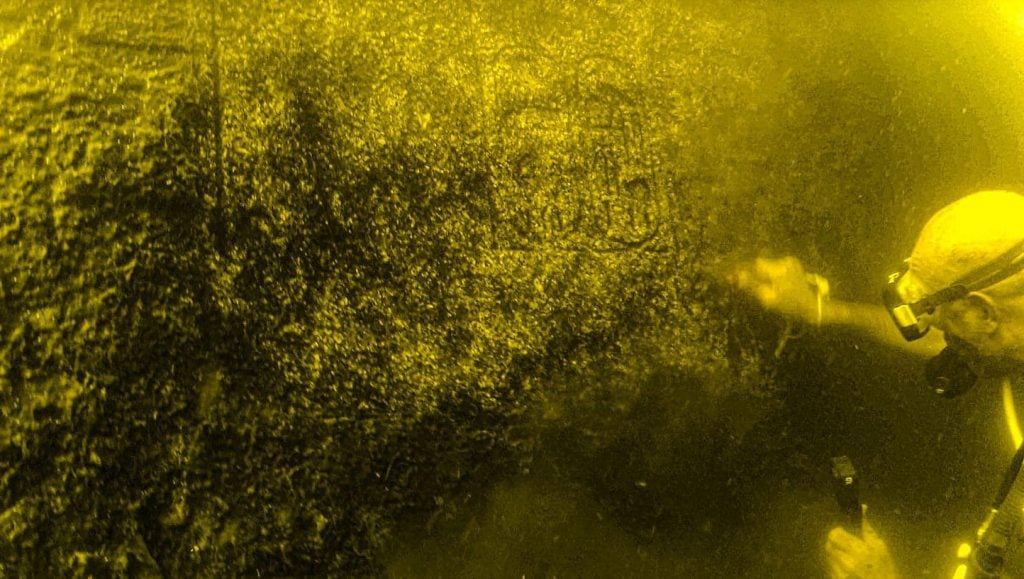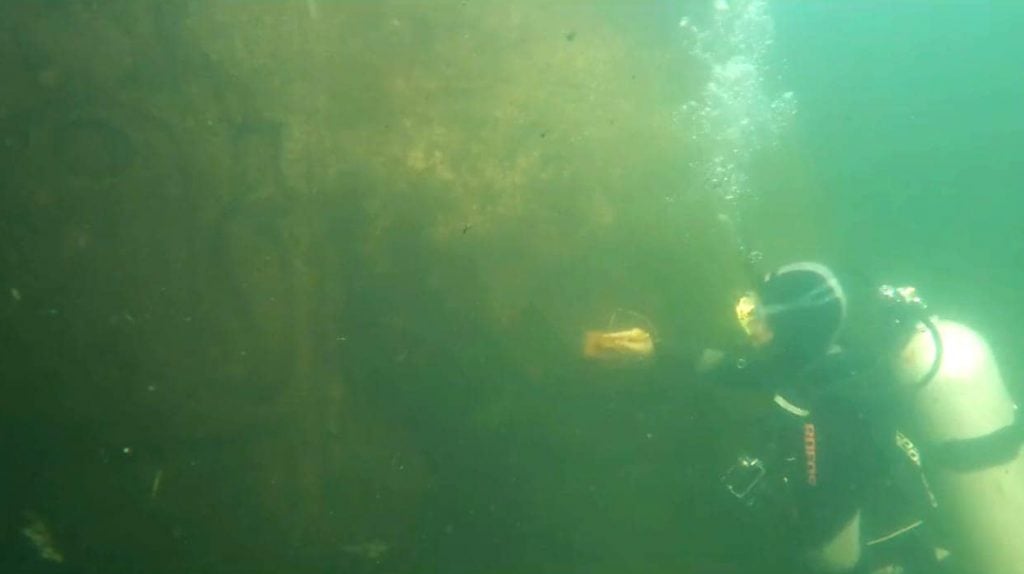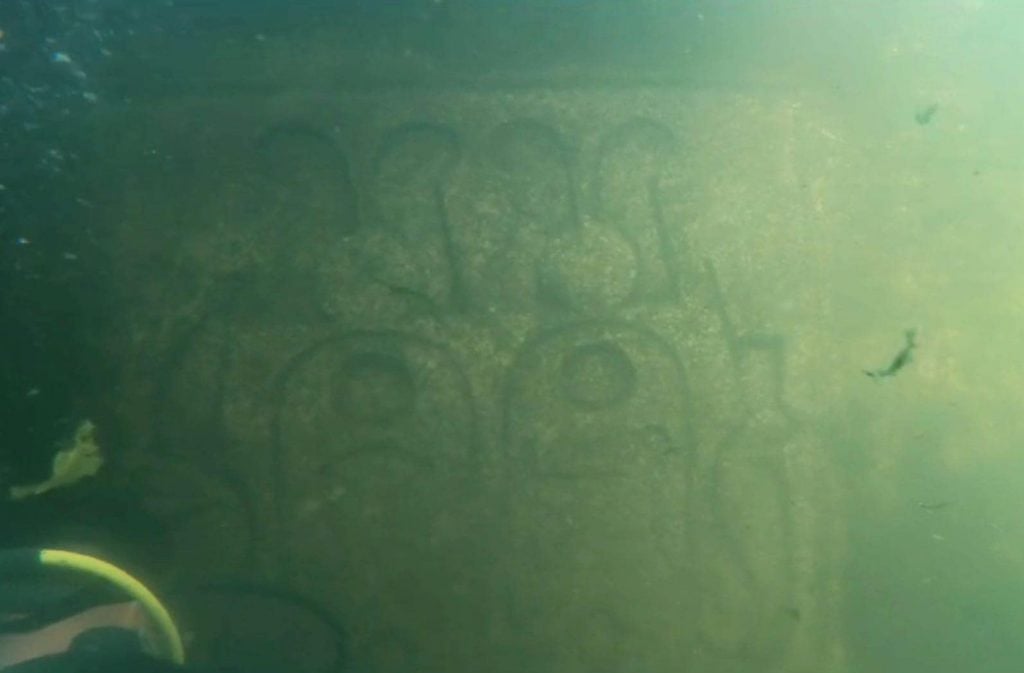Archaeology & History
Divers Discover Carvings of Ancient Egyptian Pharaohs in the Nile
The artifacts, including paintings and miniatures, were uncovered south of Aswan.

A joint team of Egyptian-French archaeologists has uncovered paintings, carvings, and miniatures of numerous ancient Egyptian pharaohs in the waters of the Nile south of Aswan.
The diving expedition was conducted as part of ongoing efforts to identify and record archaeological sites of interest that were flooded during the building of the Aswan High Dam, the billion-dollar project that since its completion in 1970 has controlled the flow of the Nile and delivered electricity to millions.
The depictions of pharaohs include those of Amenhotep III (1390 to 1352 B.C.E.), Thutmose IV (1400 to 1390 B.C.E.), Thutmose IV (1400 to 1390 B.C.E.), Psamtik II (595 to 589 B.C.E.), and Apries (589 to 570 B.C.E.). The dive took place near the islands of Philae and Konosso.

The sites near Aswan, Egypt, were submerged during the building of the Aswan High Dam. Photo courtesy of the Egyptian Ministry of Tourism and Antiquities.
“For the first time, we gone underwater to study the rock formations between the Aswan reservoir and the Aswan High Dam,” the Egyptian Ministry of Tourism and Antiquities wrote in a statement. “Since the site remains in good condition, the mission was able to fully document it.”
This documentation involves divers recording the site using photography, video, and photogrammetry, a process by which a 3D model is created by merging the data of dozens or hundreds of photographs.
Once the data collection is complete, they will be studied with archaeologists hoping the carvings provide addition information on the reigns of the various pharaohs.

Archaeologists plan on creating 3D models of the sites using photogrammetry. Photo courtesy of the Egyptian Ministry of Tourism and Antiquities.
Located on the east bank of the Nile, Aswan was the southern frontier of pharaonic Egypt, a first line of defense against Nubian raiders. Along with the nearby island of Elephantine, it developed in time from a garrison town to a major trading hub with its vast granite quarries providing the material for many of ancient Egypt’s monuments.
While Elephantine has provided some of ancient Egypt’s richest textual records, the nearby temples at Abu Simbel and Philae boast colossal physical evidence of the pharaohs and period religious practices. This includes the four colossal statues of Ramses II, commonly known as Ramses the Great.
Prior to the building of the Aswan High Dam, UNESCO led a multinational effort to record and relocate as many archaeological sites as possible. As a sign of gratitude, Egyptian authorities gifted the temples to countries that provided financial support including Italy, Germany, the Netherlands, and the U.S.
Despite such efforts many sites and their artifacts could not be relocated and were submerged by rising water levels.





